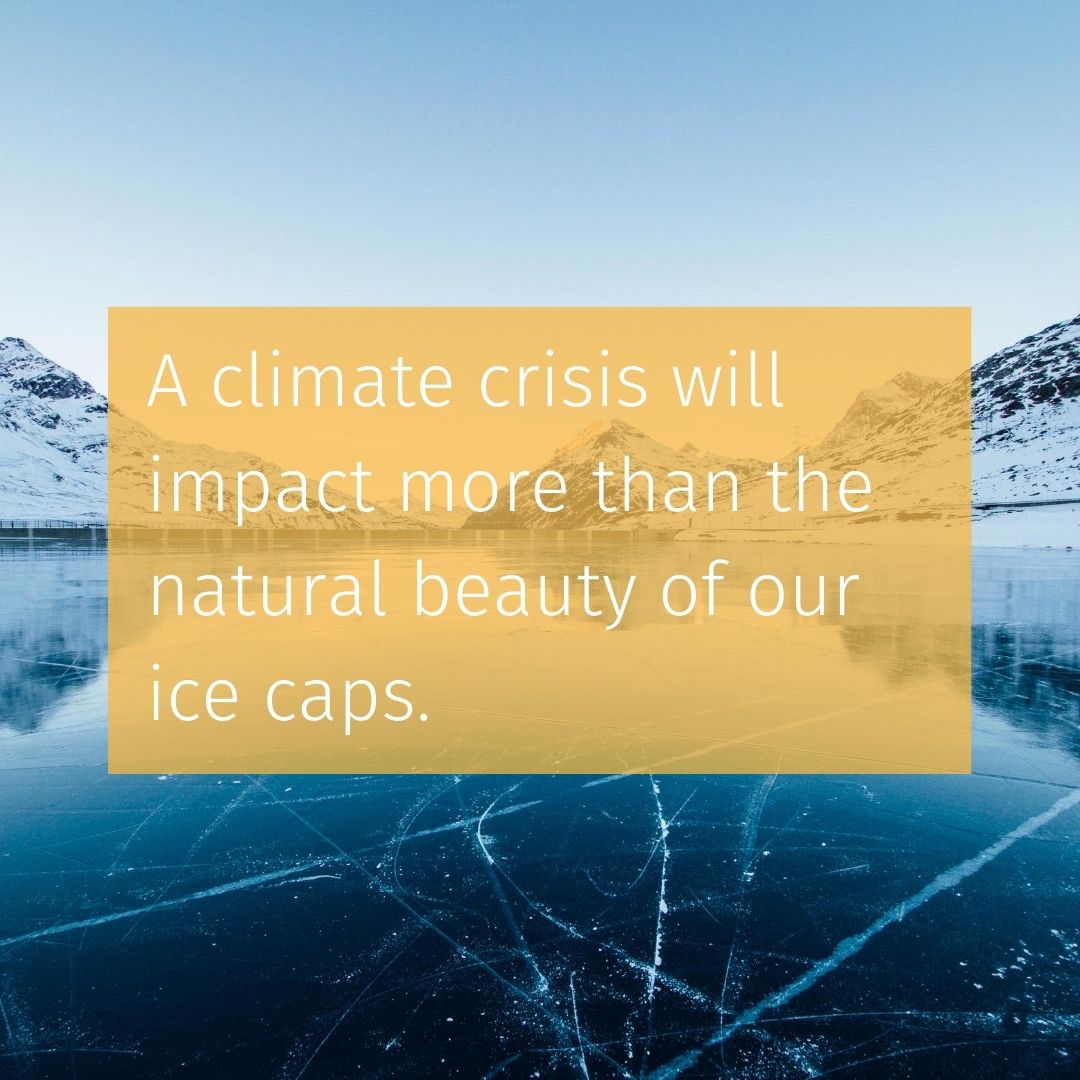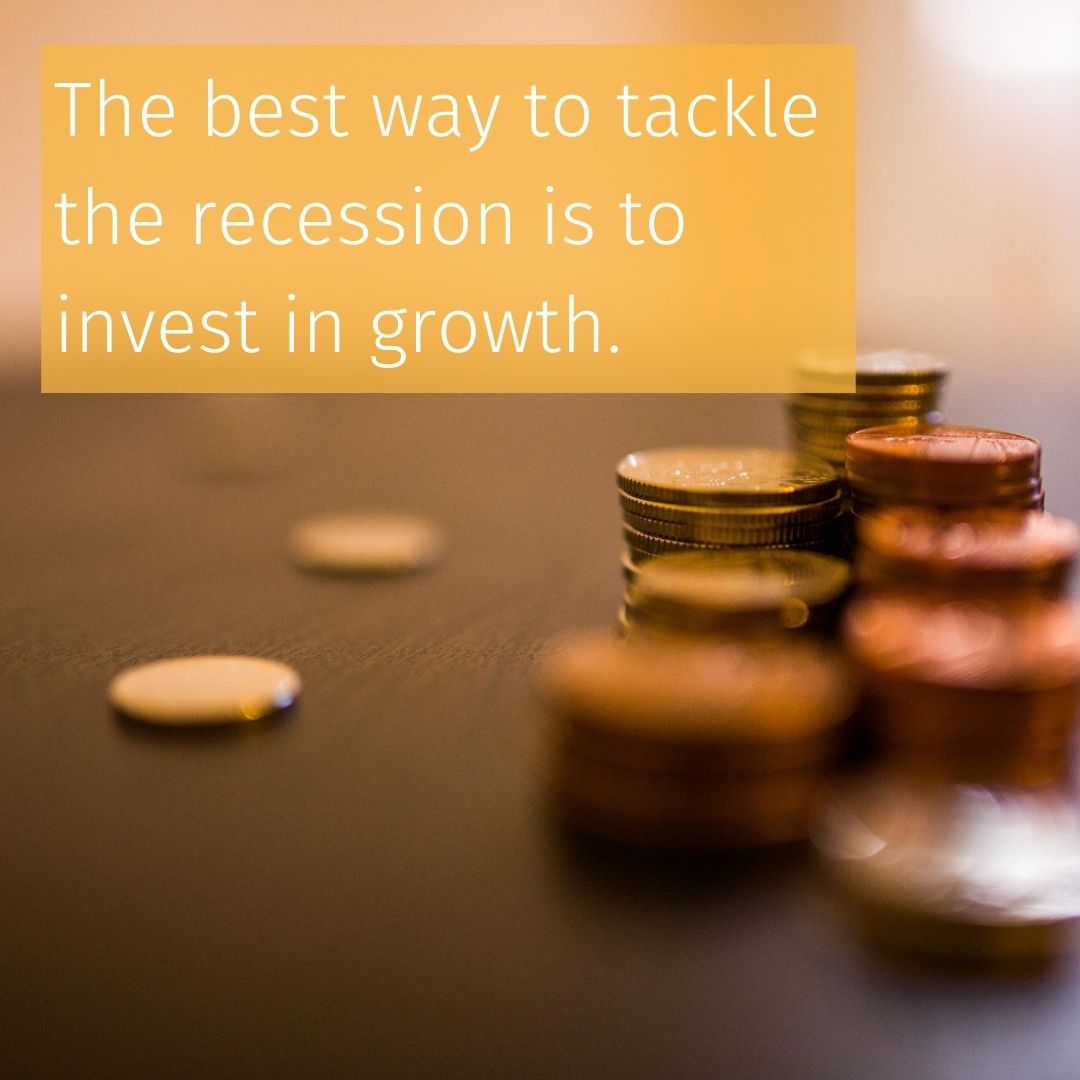


As many countries find themselves in the uncertain aftermath of the first wave of COVID-19, attention turns to how we can restore the economy. Our Marketing Coordinator, Beth looks at how investing in sustainable practices, such as sustainable cloud, is the best road to long-term recovery.
Before the pandemic dominated news outlets around the world, climate change was a major topic of debate. While it may seem as though the problem has gone away, with less media coverage and temporary reductions in carbon output, it is still a very real issue. What this pandemic has offered us is insight into what future climate instability could look like and how well equipped we would be in diverting its effects.

An article by McKinsey & Company has drawn multiple parallels between a pandemic and a climate crisis, in an effort to highlight how important it is to not treat them as isolated events. In this blog, I will cover three of the similarities mentioned and discuss the possible solutions available in the cloud industry.
Physical shocks are those that originate as a result of external variables. They are not associated with our confidence in financial institutions and they are, therefore, harder to remedy.
Physical shocks are also multi-dimensional, evolving into an array of socioeconomic impacts as they develop.
In order to address the shock, we must address the root cause. So, if we are to prevent a climate crisis, we must first tackle the causes of climate change.
Nonstationary data is unpredictable. This means it is difficult to model or forecast potential outcomes with any accuracy. In the case of both the pandemic and the potential climate crisis, there are many variables that rapidly shift and change, rendering previous data points inadequate for future predictions.
Without the ability to model potential outcomes, it is difficult for governments and policy makers to respond correctly when the crisis hits. In the case of the pandemic, this has led to delayed response times, which has allowed the virus to propagate.
If we are to learn from the pandemic, prevention is key.
As the pandemic has progressed, the virus itself has become just one element of the global crisis as a whole. Necessary, mandatory self-isolation and social distancing measures have had a cascade of effects on travel, education and supply chains.

This is because the pandemic is a risk multiplier. It is a threat that exacerbates other inherent issues in the economy.
Likewise, climate change would impact more than the natural beauty of our ice caps.
For one, it would create spatial inequality, affecting some regions more than others. The inhabitable heat would impact people’s ability to work outside, in agriculture and construction; it would lead to harvest failures; and eventually, climate refugees. As there is evidence that equatorial countries are poorer than the world’s most antipodal regions, they would not only be the worst affected, but the least equipped to financially deal with the fallout. This would mean the communities that are the least culpable of climate change are the ones who will take the full brunt of its force.
Another risk that climate change would exacerbate is the one we are currently dealing with: disease. With a warmer climate, there will be a greater spread of vector-borne diseases, such as malaria. There will also be a higher risk of transmission as communities are displaced around the world and healthcare systems are put under further strain.
The many possible consequences of a climate crisis paint a bleak picture. However, as a result of recent events, we have been given an opportunity to address the problem with a renewed urgency.
To quote John Sauven, Executive Director at Greenpeace UK, “For all of the suffering and sacrifice people have endured during this health crisis, it has provided us with a once in a lifetime opportunity to transform the way we live, travel and work – tackling the health, climate and nature crises all at the same time.”

According to a study by Oxford Smith School of Enterprise and the Environment, the best way to tackle the recession is to invest in growth. Evidence from the report suggests that green stimulus policies are more advantageous economically, than other traditional fiscal stimuli. Furthermore, if more people invest in sustainable technologies, their costs will reduce, and this will further stimulate innovation and deployment. Not to mention, the current near-zero interest rates that will make investing in new technology even more compelling.
Ultimately, for the shift to work, businesses must recognise the difference between investing in short-term efficiency vs. longer-term resiliency.
What the literature shows is that now is a better time than any for businesses to evaluate and address their current environmental policies and investments.
Investing in a cloud solution is not only good for the environment, but it also assists businesses as they adapt to remote working, which could become a potentially permanent adjustment. According to market analysts, Global Data, 93% of businesses already plan to accelerate their cloud deployments, post COVID-19.
However, before adopting a cloud solution, businesses need to consider the sustainability of the cloud they source, if they are to truly invest in a long-term solution.

While the major cloud providers have made significant improvements in the efficiency and productivity of their infrastructure, we will eventually reach a tipping point. Beyond this point, the growing demand for cloud and the associated energy requirement would outpace any improvements in energy consumption.
Therefore, to evaluate the sustainability of a cloud source, the better yard stick is to evaluate the data centre’s source of power, whether its energy comes from renewable sources or fossil fuels. Fortunately, the Big Three: Google Cloud, Microsoft Azure and Amazon Web Services have all pledged to increase the amount of renewable energy they use, so there are an increasing number of options out there – including other cloud providers, such as Verne Global who offer cloud compute from data centres that use 100% renewable energy.
What businesses need is to objectively evaluate the sustainable options available to them, based on their specific needs, and to use their investments as a vote for more renewable cloud technology and a more resilient future.
 Please upgrade your browser
Please upgrade your browser
You are seeing this because you are using a browser that is not supported. The YellowDog website is built using modern technology and standards. We recommend upgrading your browser with one of the following to properly view our website:
Windows MacPlease note that this is not an exhaustive list of browsers. We also do not intend to recommend a particular manufacturer's browser over another's; only to suggest upgrading to a browser version that is compliant with current standards to give you the best and most secure browsing experience.